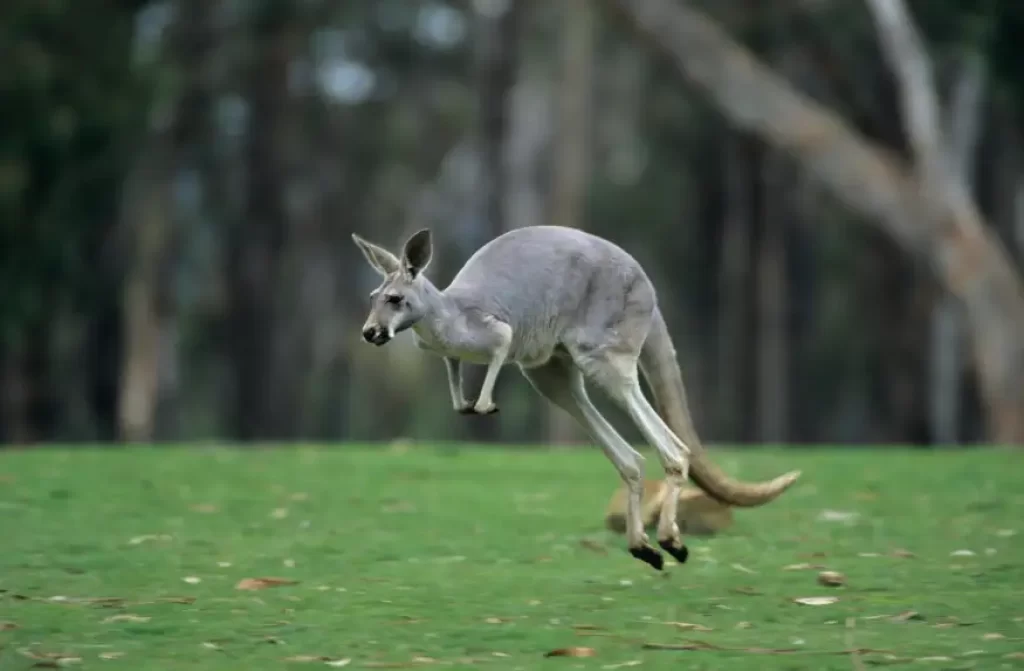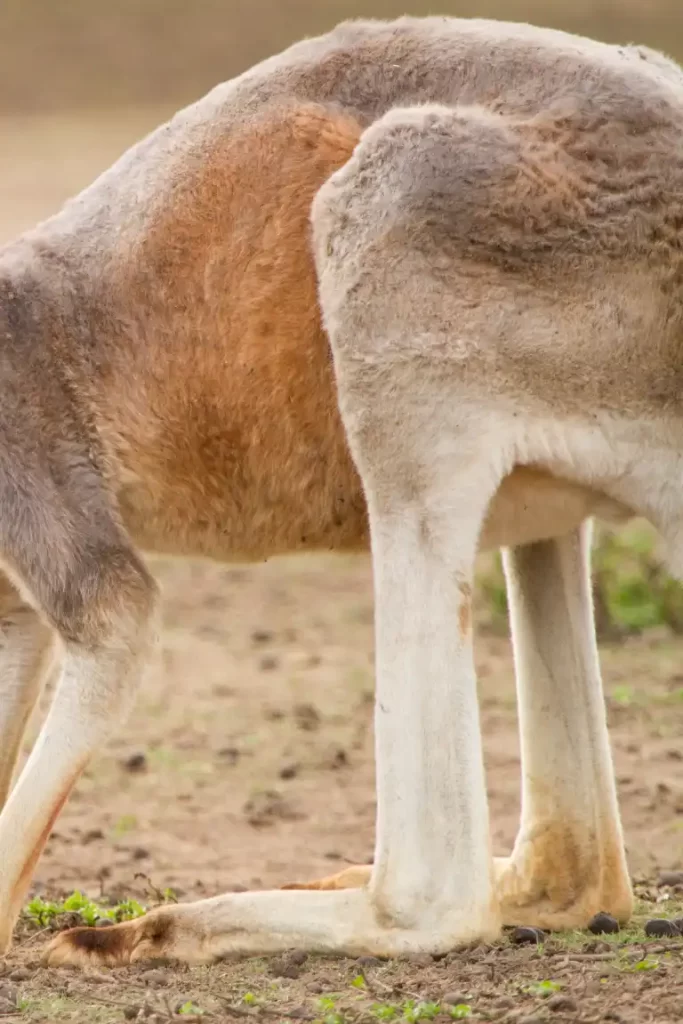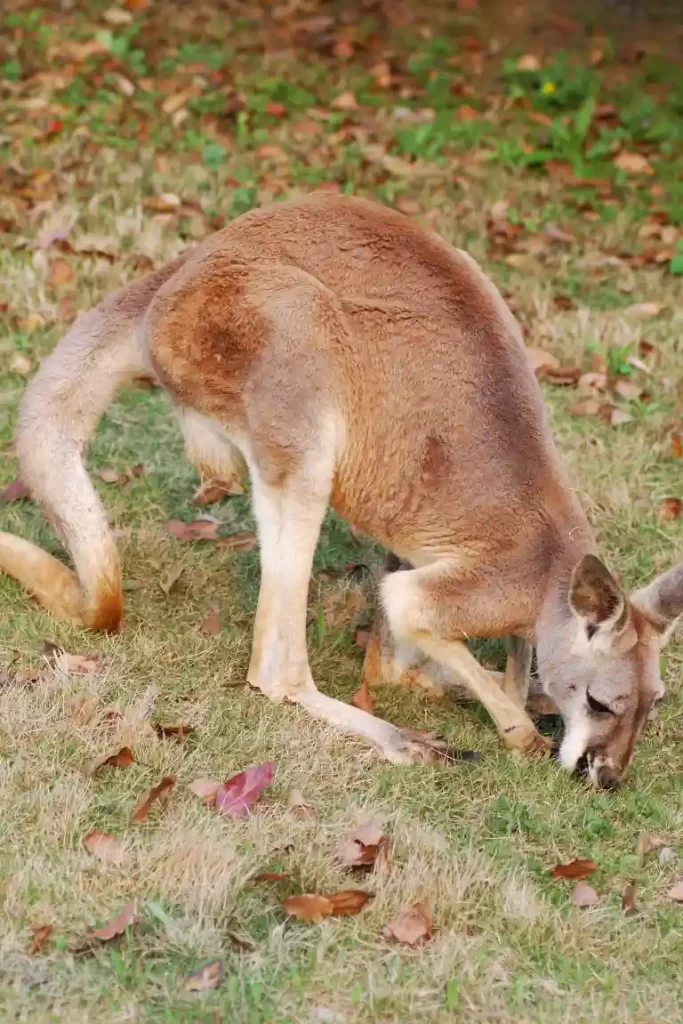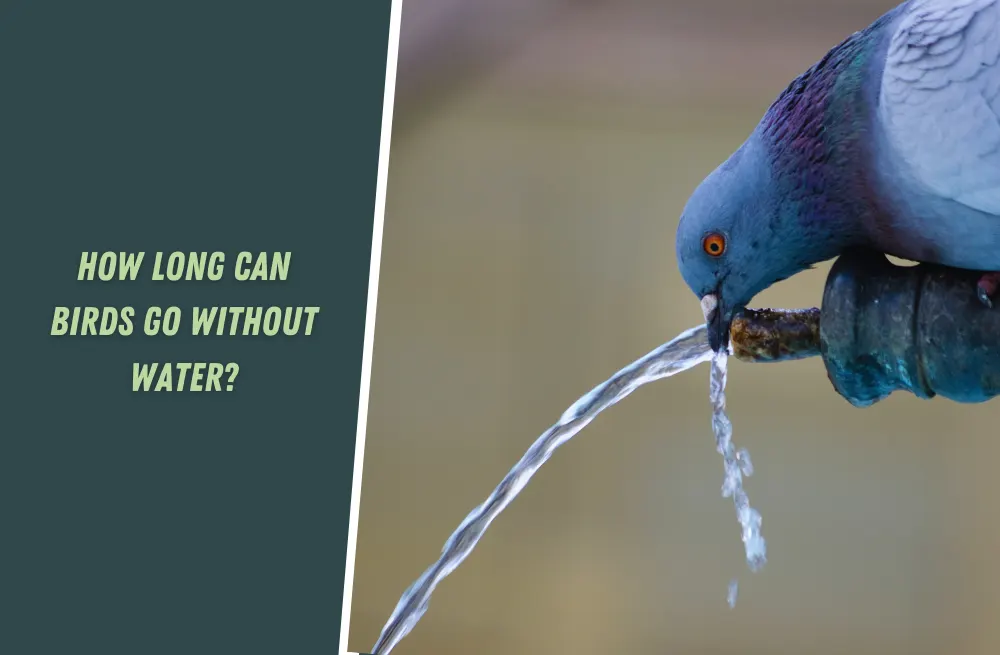Kangaroos, renowned for their remarkable hopping abilities, have captivated the curiosity of many observers.
One intriguing question that arises is whether kangaroos can move their legs independently. Their distinctive hopping motion suggests a synchronized movement of their hind legs, but is there more to their locomotion?
In this article, we delve into the fascinating world of kangaroo anatomy and explore the truth behind their leg movement capabilities.
By examining their musculoskeletal structure and drawing insights from scientific research, we aim to answer the question: Can kangaroos move their legs independently? Join us as we unravel this mystery and gain a deeper understanding of the unique locomotion of these incredible marsupials.
Kangaroo Locomotion

Hopping
Imagine if we could hop like kangaroos! Kangaroos have a fascinating mode of locomotion that sets them apart from other animals. When they hop, both of their legs work together in perfect synchrony, propelling them forward with each powerful leap. It’s like a coordinated dance that allows them to cover long distances effortlessly.
Adaptations for hopping
So, what makes kangaroos such incredible hoppers? Well, it all starts with their strong and muscular hind legs. Just like our legs, their hind legs provide the power and thrust needed for each hop. But here’s where things get interesting. Kangaroos have elongated and robust bones in their hindlimbs, giving them a solid foundation for their hopping motion.
But that’s not all. Kangaroos also have something special in their legs: elastic tendons. Think of them as built-in springs.
These tendons store and release energy with each hop, making their movements more efficient. It’s like having extra propulsion to make those leaps even more powerful.
And let’s not forget about their joints. Kangaroos have unique ankle and knee joints that allow for optimal extension and flexion during each hop. These joints help absorb the impact of landing and provide stability and balance throughout the hopping motion. It’s like having perfectly designed shock absorbers for their jumps.
Putting it all together
When you combine their strong hind legs, elastic tendons, and specialized joints, you can see why kangaroos are such incredible hoppers.
They’ve evolved these adaptations to make the most out of their hopping abilities, just like we’ve evolved our own abilities for walking and running.
So, next time you see a kangaroo gracefully hopping along, take a moment to appreciate their amazing locomotion. While we may not be able to hop like them, we can certainly marvel at the unique adaptations that make kangaroos the champions of the hop!
Leg Movement in Kangaroos

Synchronized movement:
Kangaroos’ hind legs work together in perfect harmony to generate the powerful propulsive forces that propel them forward during hopping. The muscles and tendons in their legs play a vital role in this synchronized movement.
As the kangaroo prepares to hop, the muscles in its hind legs contract, storing elastic energy in the tendons. When the kangaroo releases this energy, the tendons act like springs, releasing a burst of kinetic energy and propelling the kangaroo into the air.

The synchronized movement of the hind legs ensures efficient locomotion by maximizing the transfer of energy from one leg to the other. This coordination allows the kangaroo to maintain a smooth and continuous hopping motion, conserving energy while covering large distances with each jump.
Leg independence
Although the movement of kangaroos’ hind legs is highly synchronized, they do not move completely independently. Both legs act in unison to generate the necessary force for hopping. The coordinated movement of the legs ensures that the kangaroo can effectively propel itself forward and maintain stability during hopping.
While the legs move together in a synchronized manner, there may be slight variations in leg movement within this overall motion.
These variations help the kangaroo adapt to changes in terrain and make precise adjustments during hopping. The slight differences in leg movement allow for flexibility and agility, enabling the kangaroo to navigate obstacles and maintain balance while on the move.
Overall, while the movement of kangaroos’ hind legs is predominantly synchronized, there may be subtle variations within this synchronization that contribute to their remarkable agility and adaptability during hopping.
So, Can Kangaroos Move Their Legs Independently?

No, kangaroos cannot move their legs independently. While they exhibit a high degree of leg coordination during hopping, their legs do not move completely independently.
The movement of their hind legs is interconnected, with both legs acting in unison to generate the necessary force for hopping.
This synchronized leg movement allows kangaroos to propel themselves forward efficiently and maintain stability during their distinctive hopping gait.
However, there may be slight variations in leg movement within the overall synchronized motion. Researchers have conducted scientific studies using motion analysis and electromyography to better understand the biomechanics of kangaroo locomotion and have concluded that kangaroos primarily rely on a unified leg action rather than independent leg movements.
The Role of the Tail

Importance of the Kangaroos tail
The tail of a kangaroo serves a crucial role in maintaining balance and aiding in movement during hopping. It acts as a counterbalance, enabling the kangaroo to stay upright and stable while making powerful jumps.
The tail is long, muscular, and flexible, allowing it to move dynamically and adjust its position in response to the kangaroo’s movements.
This helps prevent the kangaroo from toppling over or losing control during rapid accelerations or changes in direction.
The tail also serves as a stabilizer when the kangaroo is in mid-air. As the kangaroo pushes off the ground with its strong hind legs, the tail extends backward, providing additional support and helping to control its trajectory. This enables the kangaroo to land safely and accurately, even after covering significant distances with each hop.
Interaction with leg movement
The tail and leg movements in kangaroos work in perfect coordination to ensure stability and efficient locomotion.
When a kangaroo hops, its hind legs provide the primary propulsive force, while the tail acts as a balancing tool. As the kangaroo pushes off the ground, the tail moves forward, counterbalancing the forward momentum generated by the legs.
This synchronized movement prevents the kangaroo from falling forward and allows it to maintain an upright posture throughout the hopping motion.
Additionally, the tail helps control the kangaroo’s direction while in mid-air. By using slight adjustments of the tail position, the kangaroo can fine-tune its trajectory and make precise landings.
The tail works together with the leg muscles, tendons, and joints, creating a harmonious interplay that ensures stability, agility, and energy efficiency during hopping.
The interaction between the tail and leg movements in kangaroos showcases the remarkable adaptation and coordination of their musculoskeletal system.
It enables them to thrive in their natural environment, navigate varied terrains, and perform their characteristic hopping with remarkable balance and precision.
Species of kangaroo
You might also like
- What do Kangaroos Look like When They are Born?
- Human vs Kangaroo: Who Wins the Ultimate Fight?
- How Many Kangaroos are there in Australia?
- What do Kangaroos Eat in the Desert?
Conclusion
Kangaroos exhibit a fascinating hopping locomotion that sets them apart from other animals. Through the coordinated movement of their legs, kangaroos achieve efficient and powerful leaps, enabling them to cover long distances with ease.
While their hind legs work in perfect harmony during hopping, it is important to note that kangaroos cannot move their legs independently.
The synchronized leg movement allows them to generate the necessary force and maintain stability during their unique gait.







